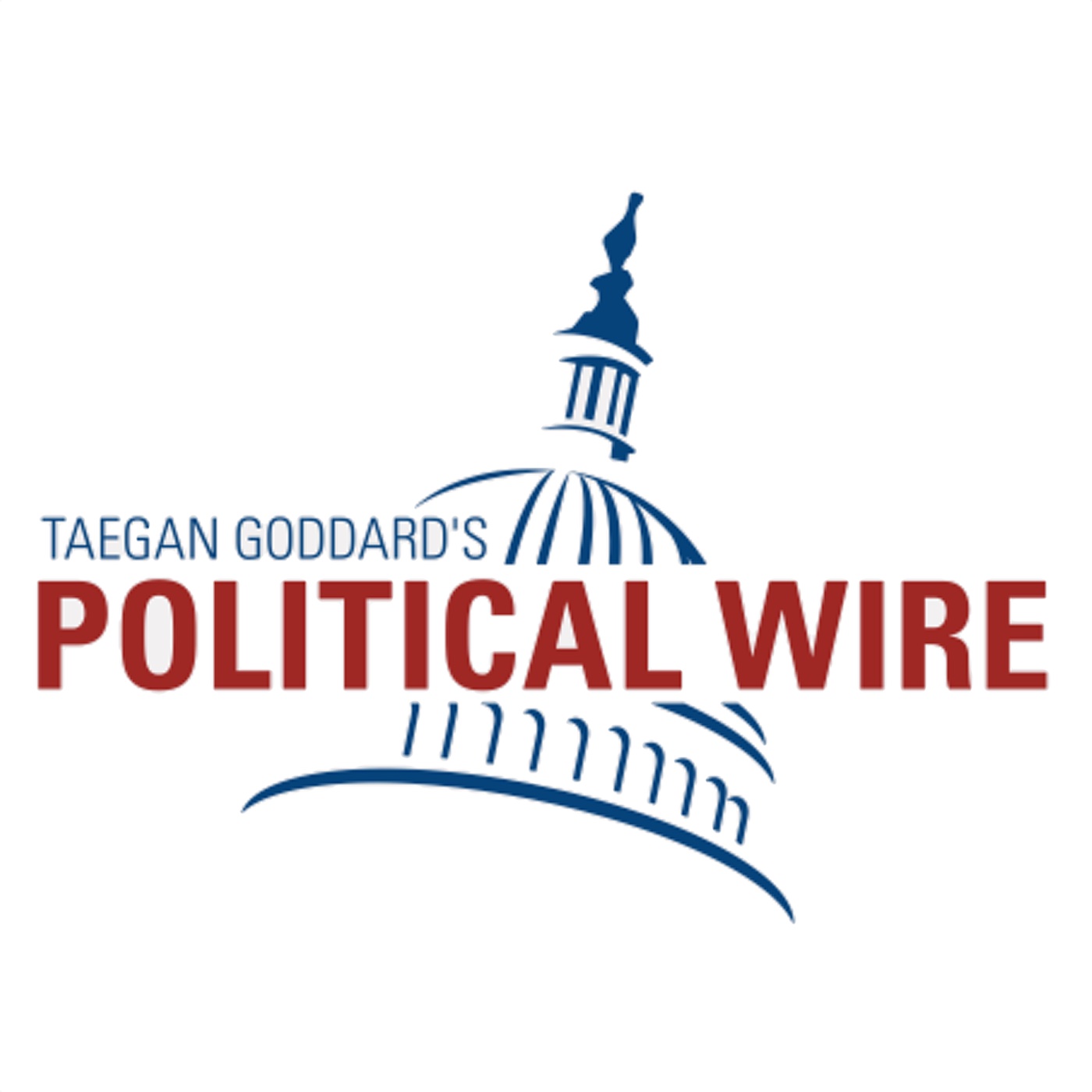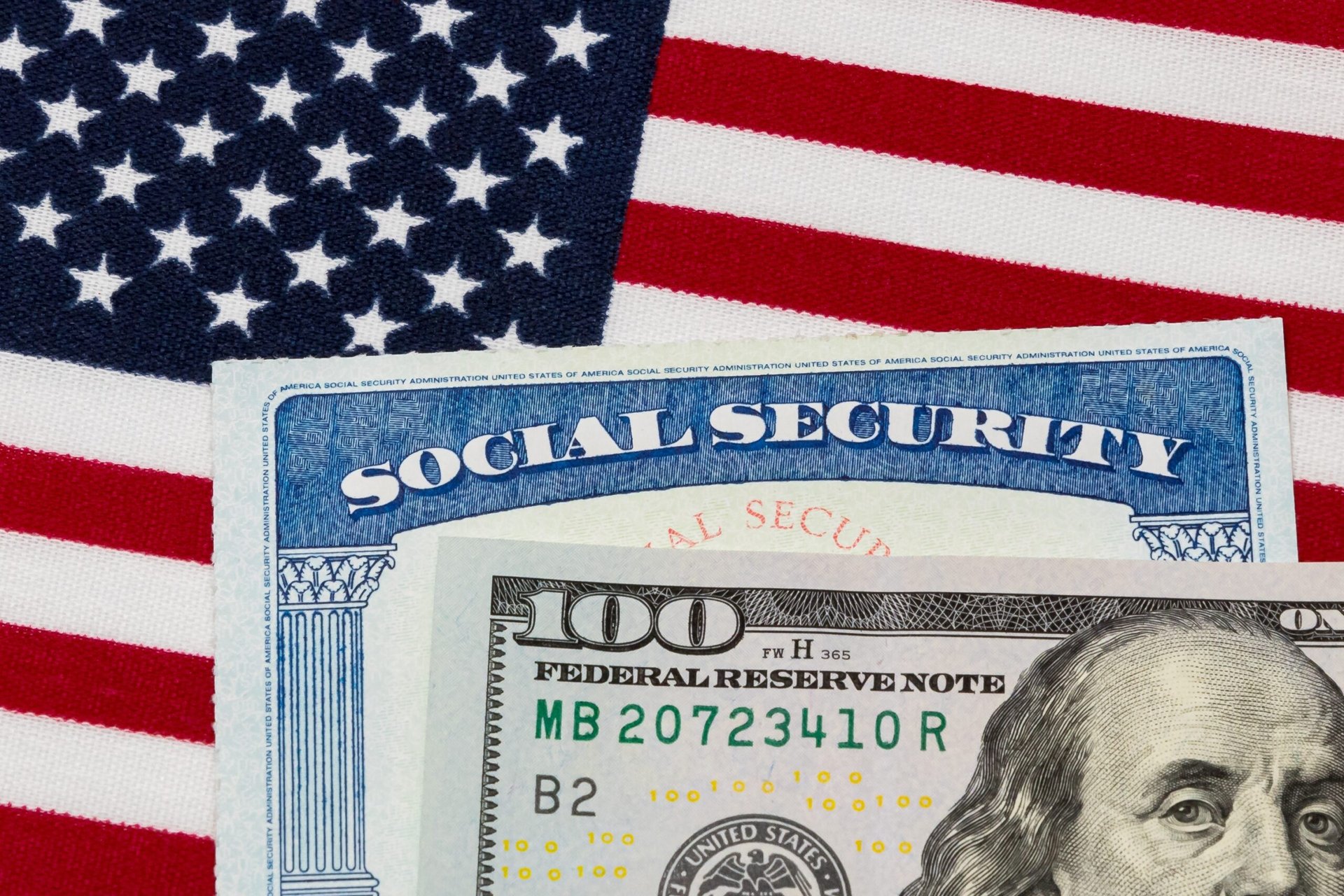The wildfires nonetheless raging in Los Angeles have displaced hundreds of house owners — a lot of whom have insufficient protection on account of a damaged house insurance coverage system within the state. And whereas new efforts to maintain affected householders insured and broaden protection areas are going into impact, it could be too little, too late for a lot of.
How the house insurance coverage system in California failed residents
Retaining householders insurance coverage in California is notoriously tough for these dwelling in areas susceptible to wildfires. And the issue has solely gotten worse in recent times.
The results of local weather change, mixed with poor forest administration, have accelerated the frequency of larger wildfires, in response to a number of local weather teams, in addition to the Nationwide Oceanic and Atmospheric Administration (NOAA) and the Environmental Safety Company (EPA). Knowledge from the California Division of Forestry and Fireplace Safety (CAL FIRE) reveals that the variety of wildfires within the state that require a response has elevated steadily over time.
As fires have turn into extra frequent, insurance coverage corporations have pulled again on protection for householders in areas most at-risk for wildfires. In 2022, Allstate introduced it could not problem new enterprise and private property insurance coverage insurance policies in California. In 2023, Farmers Insurance coverage Group introduced it could start sending nonrenewals to California clients and wouldn’t be accepting new functions. In 2023, State Farm, California’s largest insurer, additionally introduced it could not be accepting new functions for property and casualty insurance coverage. Then final yr, the corporate declined to resume 72,000 house insurance coverage insurance policies, or about 2% of the insurer’s whole insurance policies in California.
“When insurance coverage corporations face increased losses or payouts, they sometimes reply in two methods: increase premium costs and cease renewing insurance policies or writing new insurance policies. California insurers are doing each,” mentioned Dave Jones, director of the Heart for Regulation, Vitality and the Setting on the U.C. Berkeley College of Regulation, in an interview with the college’s journal printed on Sept. 19.
As insurers exited the area, householders more and more turned to the last-resort supply for householders insurance coverage — the state’s Truthful Entry to Insurance coverage Necessities (FAIR) plan, which presents fundamental fireplace insurance coverage protection. It’s a shared plan, which implies it’s financially backed by non-public insurers moderately than the federal government. The FAIR plan is supposed to be a brief answer, however in recent times has taken on extra of the insurance coverage market than ever meant.
Insurance policies issued by the FAIR plan elevated 20% from 2022 to 2023 — then grew 40% from 2023 to 2024, state knowledge reveals. Los Angeles County represents practically one-quarter of the complete FAIR plan portfolio, in response to an evaluation by Moody’s Analytics. The ZIP codes that embrace Pacific Palisades, devastated by the Palisades Fireplace, are among the many high 5 locations within the state by way of the plan’s publicity, Moody’s says.
The a number of, wind-driven L.A. fires have brought about monumental property injury, which implies the FAIR plan’s system is more likely to be overloaded with claims from policyholders. And because the Palisades and Eaton wildfires, the biggest of the fires, stay uncontained, the variety of claims will develop.
In September, California’s Insurance coverage Commissioner Ricardo Lara introduced particulars of his Sustainable Insurance coverage Technique — a plan meant to strengthen the monetary stability of the FAIR plan. However he additionally included this somber element within the announcement: “As the danger of extra local weather change-intensified wildfires enhance in California, a serious wildfire in a single geographical space concentrated with FAIR Plan-insured properties might overwhelm the FAIR Plan’s reserves and its capability to shortly and absolutely pay customers’ claims.”
That assertion was made mere months earlier than the arrival of essentially the most devastating wildfires in Los Angeles’ historical past. Moody’s suggests the fires have the potential to be the most costly in U.S. historical past. A brand new evaluation by JPMorgan estimates that insured losses might exceed $20 billion whereas financial losses might attain practically $50 billion.
The potential prices of the fires are staggering, however it’s probably non-public insurers will be capable to meet their obligations to policyholders, in response to a brand new report from S&P World Scores. It discovered that the latest wildfire losses “would quickly deplete the disaster budgets of U.S. main insurers,” however added that many non-public insurers have the cash to soak up these prices.
The FAIR plan, alternatively, reportedly doesn’t have the funds to cowl the losses: Sen. Alex Padilla (D-Calif.) instructed the New York Occasions on Tuesday that the FAIR plan has simply $377 million accessible to pay claims. When it runs out of cash, the plan can flip to reinsurance, which is basically insurance coverage for insurance coverage corporations.
Nevertheless, Victoria Roach, the FAIR plan’s president, instructed a state legislative committee final yr that the plan solely had $2.5 billion in reinsurance. If that $2.5 billion isn’t sufficient to pay out policyholders — and it’s unlikely to be sufficient, in response to loss projections — then non-public insurers must make up the funding hole. In flip, non-public insurance coverage corporations could be more likely to cost clients much more. Client Watchdog, a nonprofit group, has mentioned that every one California householders might pay wherever from $975 to $3,700 surcharge because of a FAIR plan shortfall.
How the state is intervening to help wildfire-affected householders
To guard already-vulnerable householders affected by the fires, the state insurance coverage fee has instituted a one-year moratorium on insurers dropping householders who reside in fire-prone areas — together with these whose properties have already been impacted by the L.A. County fires. The moratorium, introduced on Jan. 9, applies to those that personal property inside the perimeters or adjoining ZIP codes of the Palisades, Eaton and different close by fires.
There’s precedent for such a ban: The state instituted the same coverage in 2019 for these whose properties had been affected by wildfires.
Commissioner Lara additionally known as on insurance coverage corporations to rescind any nonrenewals that had been issued within the 90 days previous to the emergency declaration and cancel any pending nonrenewals. That might cowl hundreds of house owners in L.A. whose insurance policies had been canceled previous to the fires. Lara requested that insurers pause all pending nonrenewals for at the least six months from Jan. 7 to assist householders throughout restoration efforts.
One regulation that applies to renewals is already on the books: When a property is misplaced totally on account of a declared catastrophe, insurers should supply a renewal coverage lasting at the least two annual renewal intervals, or 24 months from the loss.
There’s additionally already a 60-day grace interval for insurance coverage premium funds for any properties inside areas included within the emergency declaration. Lara known as on insurers to increase this grace interval “so long as affordable given the circumstances,” in response to a Jan. 9 press launch.
The insurance coverage fee’s moratorium on cancellations and non-renewals implies that wildfire-affected California householders who’ve insurance policies — or had insurance policies just lately dropped — don’t have to fret about dropping their insurance coverage. Residents can search for their ZIP code to search out out if it’s included within the moratorium on the state insurance coverage web site.
What new reforms imply for Californians
The emergency efforts and present legal guidelines intention to protect residents from added prices throughout the aid and restoration interval, however a brand new regulation could do extra in the long term. By the top of the month, insurers might want to start increasing their protection to incorporate wildfire-prone areas.
The coverage is an effort to woo insurers again to the state; corporations are allowed to cost increased premiums in excessive threat areas utilizing disaster modeling in ratemaking. In trade, they have to enhance coverage protection masking at the least 85% of their market share, together with wildfire-vulnerable areas. Nevertheless, the change received’t flip instantly; every insurance coverage firm has to broaden its protection to householders in wildfire-prone areas by 5% each two years till it reaches a complete 85%.
As protection will increase steadily over the subsequent few years, householders in wildfire distressed zones usually tend to get non-public insurance coverage. They’re additionally extra more likely to hold their insurance coverage insurance policies even after the present moratorium ends. However, because of the growth, householders may also have to soak up increased premium prices.
The tide has already begun turning. In August, the state gave the inexperienced mild to Allstate to start elevating charges by 34%; in trade, the corporate agreed to droop plans for nonrenewals. And on Dec. 14, Farmers Insurance coverage mentioned it could start providing protection to new clients.
State Farm has but to obtain approval for its request to extend property insurance coverage charges as much as 30%. However on Wednesday, the insurer mentioned it could supply renewals to policyholders affected by the wildfires in Los Angeles, together with these clients that the corporate had deliberate to drop.
There’s extra progress on the best way: On Dec. 30, Lara issued the ultimate steps in his Sustainable Insurance coverage Technique, which embrace increasing protection areas; setting an industry-wide value for reinsurance and value caps; and guaranteeing value consistency by banning “mannequin procuring,” through which insurers select a mannequin that produces increased charges for customers and one other that lowers reinsurance prices.
What householders affected by the fires can do now
Householders with insurance coverage ought to file claims with their corporations earlier than they apply for monetary help with FEMA. As of Jan. 14, State Farm mentioned it’s processing over 6,700 house and auto claims for affected policyholders.
California householders impacted by the fires can apply for FEMA help on-line at DisasterAssistance.gov; by calling the FEMA Helpline at 1-800-621-3362 or through the use of the FEMA app.
Right here’s extra info on what to do about your mortgage when disasters hit.
The article Wildfires Ignite Insurance coverage Disaster: What’s Subsequent for Californians? initially appeared on NerdWallet.









